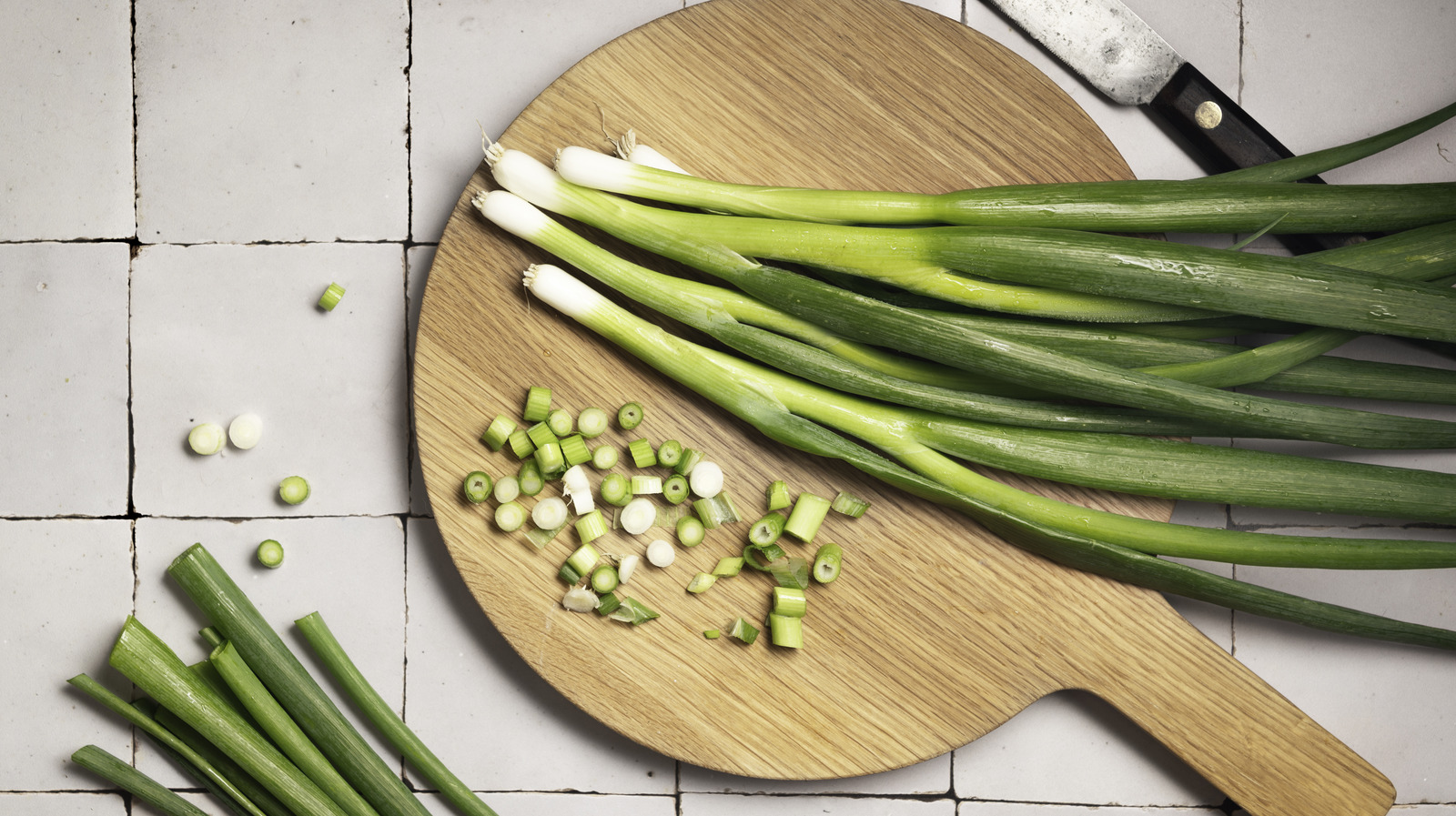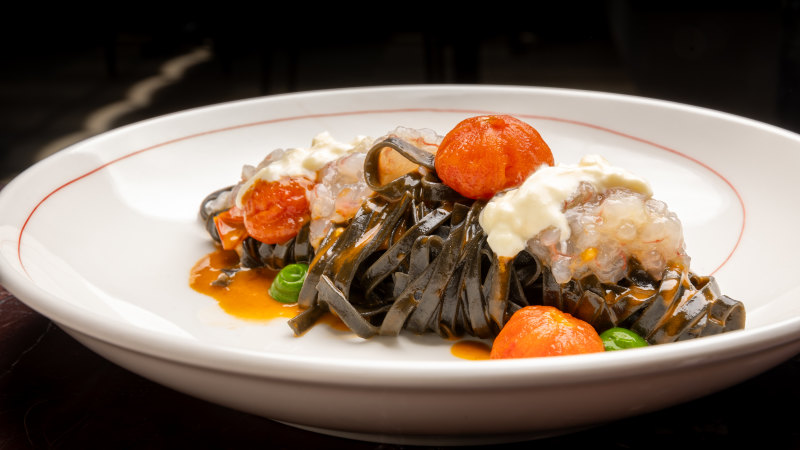An onion may be a many-layered thing, but here's something it's not: a chive. That goes for green onions, too. As their name suggests, green onions are often a younger version or a hybrid of the mature, full-sized onions you find at the grocery store, while chives are another species altogether.
As befits their different lineages, green onions and chives have different roles to play in the kitchen and at the dining table. A bit hardier, green onions can stand up to sautéing, grilling, and the like; tender and delicate, chives are usually treated more like a soft herb, stirred into a dish in the final moments of cooking or added afterward for flavoring or garnish — like finishing . What unites them, though? Both come from the genus Allium.
This is a big and eclectic clan whose members include not just onions and chives but also leeks, ramps, garlic, shallots, and many more vegetables. As diverse as this group is, its members share some common characteristics, one of which is flavor. Though it can range from subtle (chives) to intense (raw garlic), you can expect a measure of pungency when you bite into an allium.
The other is nutritional value. Alliums contain a number of health-boosting compounds including flavonols, which have antioxidant properties that can help lessen the risk of cancer and heart disease. Let's get to know this crew a little better.
An introduction to alliums Another thing about alliums: They're an astonishingly versatile cooking ingredient. They're pr.

















